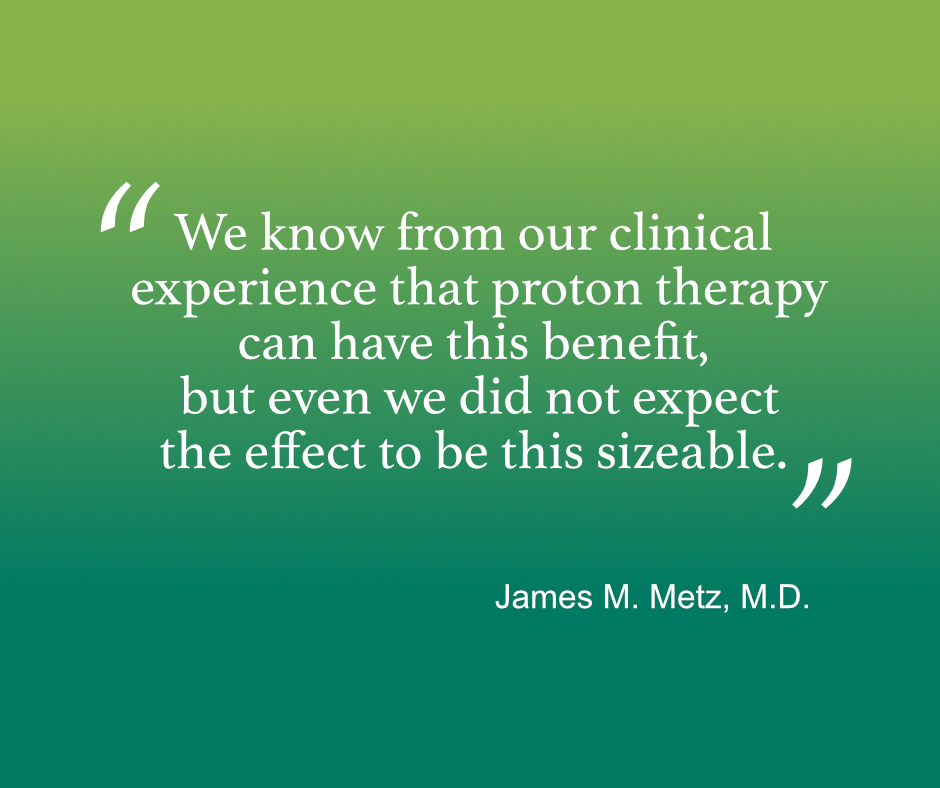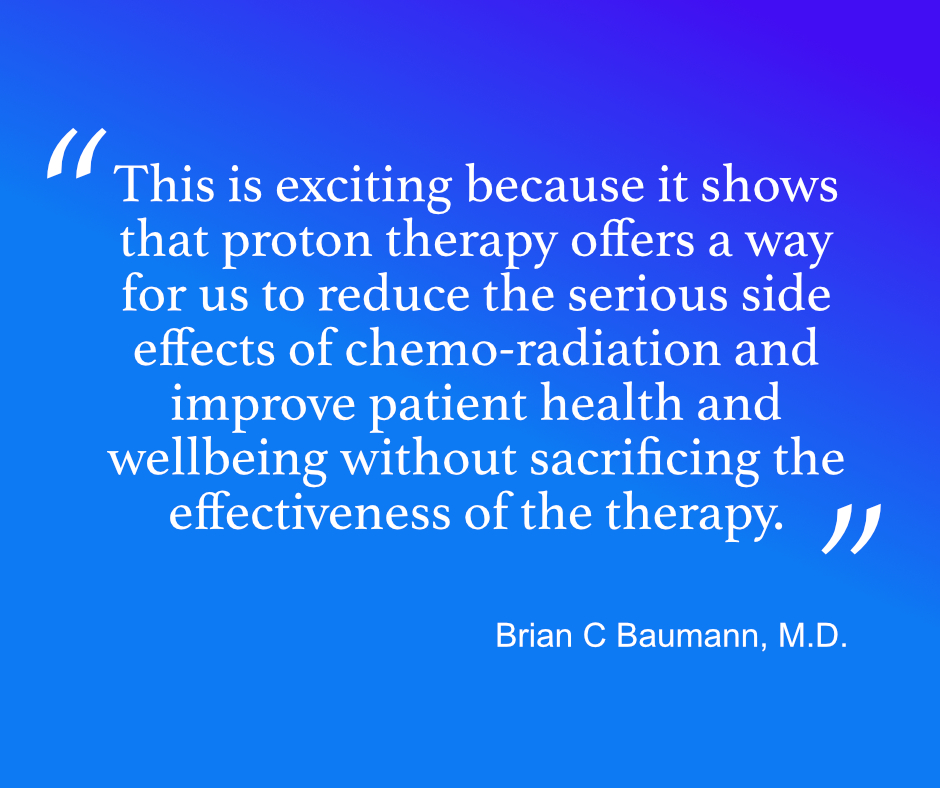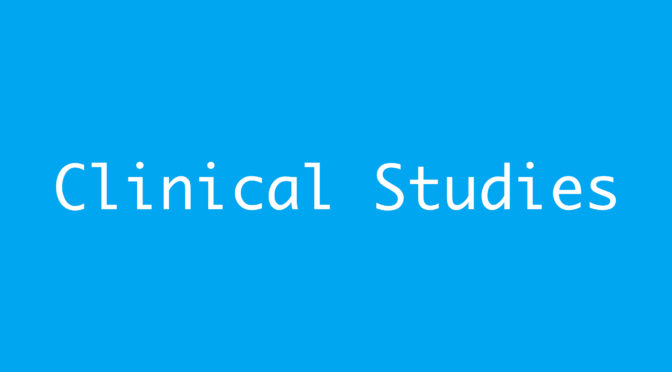Doctors at the University of Pennsylvania in Philadelphia published retrospective, nonrandomised comparative effectiveness study that compares proton versus photon therapy for concurrent chemoradiotherapy of locally advanced cancer.
The authors compared adverse events associated with unplanned hospitalisations among 1,483 adult patients with nonmetastatic, locally advanced cancers treated with concurrent chemoradiotherapy and proton therapy (391 patients) or photon therapy (1092 patients). The results were published in August 2019 in JAMA Oncology. This study found that proton therapy significantly reduced severe adverse events in adults with locally advanced cancers without affecting outcomes when compared with photon therapy.
 Concurrent chemoradiotherapy can be associated with substantial toxicity, including
Concurrent chemoradiotherapy can be associated with substantial toxicity, including
oral mucositis, oesophagitis, nausea, vomiting, signifiant weight loss, and radiation-induced lung injury that can result in unplanned hospitalisations, emergency department visits,
treatment interruptions that can diminish the effectiveness of treatment, and decreased patient performance status.
Proton therapy as part of concurrent chemoradiotherapy may be able to reduce treatment toxicity, but limited data have been so far available comparing results of proton chemoradiotherapy with chemoradiotherapy delivered with photon therapy, and proton therapy remains unproven in this setting. This comparative effectiveness cohort study focused therefore on the rate of severe 90-day adverse events associated with unplanned hospitalisations.
 The study comes to a result that compared with photon therapy, proton therapy was associated with a nearly two-thirds reduction in 90-day severe adverse events associated with unplanned hospitalisations. Proton therapy was also associated with significantly lower risk of a decline in Eastern Cooperative Oncology Group (ECOG) performance status and significantly less risk of adverse events causing impairment in patients’ instrumental activities of daily living.
The study comes to a result that compared with photon therapy, proton therapy was associated with a nearly two-thirds reduction in 90-day severe adverse events associated with unplanned hospitalisations. Proton therapy was also associated with significantly lower risk of a decline in Eastern Cooperative Oncology Group (ECOG) performance status and significantly less risk of adverse events causing impairment in patients’ instrumental activities of daily living.
Proton therapy was also shown to be equally effective at treating the cancer – disease-free and overall survival outcomes were similar between the two groups, which included patients with head and neck, lung, brain, oesophagus/gastric tract, rectum, and pancreas cancers.
Before this study, data on the toxicity differences between proton vs photon chemo-radiotherapy have been limited, with relatively small patient numbers, although most studies have found a toxicity advantage and/or dosimetric advantage in favour of proton chemoradiotherapy.
This study mentions 3 important implications for future research:
- First, proton therapy’s lower observed toxicity raises the possibility that the higher up-front cost of proton therapy may be offset by cost savings from reduced hospitalisations and enhanced productivity from patients and caregivers.
- Second, the lower observed toxicity of proton therapy offers an opportunity to explore clinical trials combining proton therapy with intensified systemic therapy and/or dose-escalated radiotherapy, which may, in turn, improve survival outcomes.
- Third, proton therapy may allow also older, sicker patients with more comorbidities to receive the most effective combined-modality treatments.

